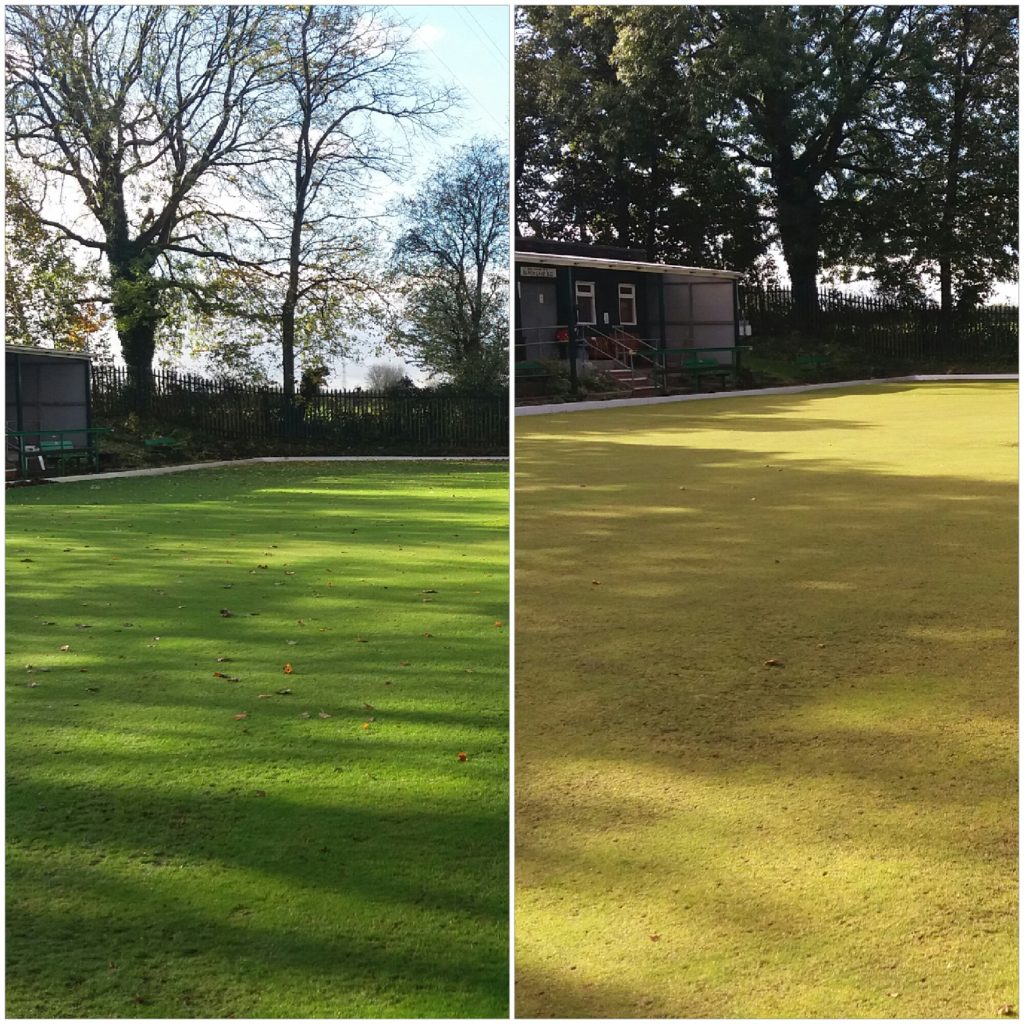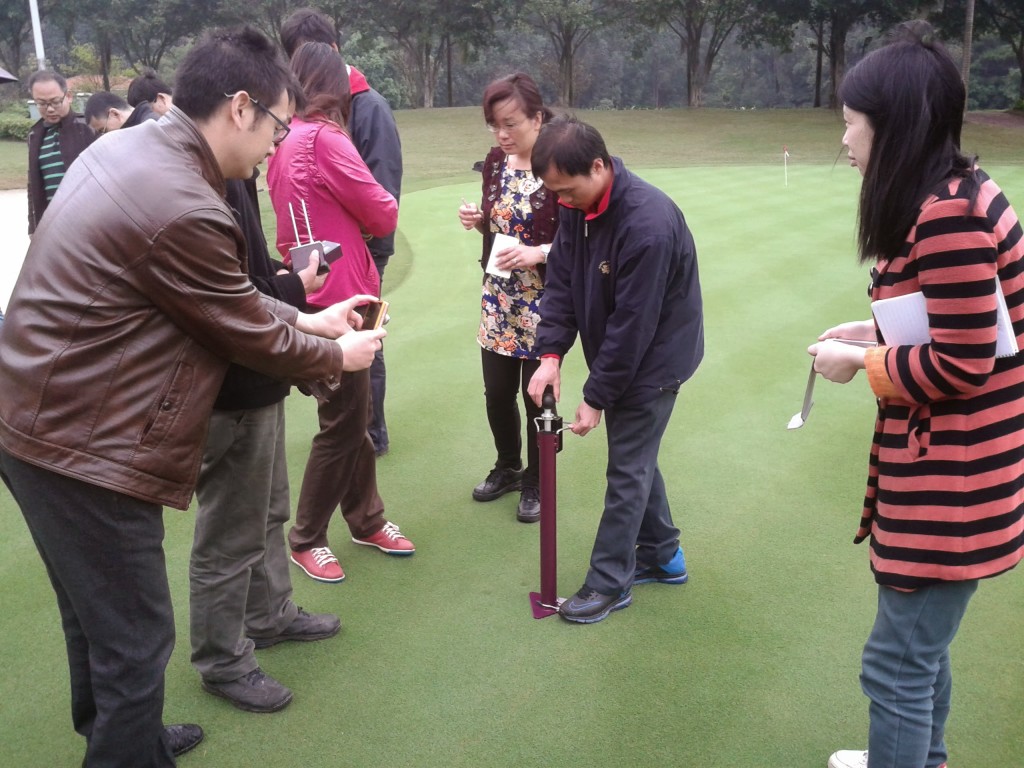Every week I hear from people about problems with their bowling greens. Worm casts, thatch, dry patches, disease, you name it.
And that’s fine. I’m here for that. I’ve spent 40+ years developing techniques that allow anyone, even without formal training, to transform a green into a high-performance surface without breaking the bank or wrecking the environment.
I have an online academy, hundreds of guides and I give unlimited free advice to anyone who’s prepared to put in the work. I’ve helped hundreds of volunteers, qualified and amateur greenkeepers, many starting from scratch, to achieve greens they never thought possible, and to gain the pride that comes with real skill and knowledge.
But lately I’m seeing more of a different kind of enquiry:
The “I just want a quick fix” type.
The “tell me what product to throw at it” type.
The “I don’t want to learn, I just want you to solve it for me” type.
And here’s the truth: if that’s your approach, you’re going to be disappointed, not just in me, but in the results you get from your green.
The Greenkeeping Version of “Build a Model”
One of my favourite YouTubers, Robert Murray Smith, says something profound: “If you have an idea, build a model.”
In other words: stop thinking about quick solutions and start doing something hands-on, to understand the real problem.
In our greenkeeping world, “building a model” means:
- Taking a plug out of the green and just having a look to see what its like under there. I have a guide for that here.
- Taking note of what you find and seeking out information and asking questions about what that means. There are over 300 articles on bowls central to help you with that.
- Observing how your turf responds over time to simple things like checking and setting the mower properly.
- Testing small changes before you overhaul your entire programme.
It’s the difference between theory and reality. Reading about aeration is one thing, hiring or borrowing an aerator and seeing how your green changes over six months is another.

Why Quick Fixes Don’t Work
A bottle, a bag, or a magic machine will never solve a problem if you don’t understand the cause.
Yes, you might suppress a symptom for a week or two, make the worm casts disappear temporarily, green the turf up, but the problem will be back, often worse, and you’ll have learned nothing.
Worse, you’ll have spent money and time chasing your tail.
The people who succeed are the ones who:
- Start where they are, with whatever tools, skills, and budget they’ve got.
- Learn as they go.
- Expect mistakes, and see them as part of the process and a learning opportunity.
- Stick with it long enough to understand what is cause and what is effect.
You Don’t Need to Aim for Perfection
You don’t need a degree in greenkeeping. You don’t need to spend thousands.
You do need to be prepared to:
- Read the guidance you’re given.
- Take measurements, collect data, and share it.
- Try things, even simple, low-cost things, and track the results.
- Ask questions that show you’ve already made an effort.
When you do that, you’ll find me, and others, willing to give you our time, experience, and ideas freely.
But if all you want is for someone else to make it go away without you lifting a finger, you’re on the wrong path.
The Bottom Line
You can’t outsource the learning, the observation, and the persistence that it takes to produce a great green.
I can guide you. I can share every trick and technique I’ve learned over decades. I can save you years of wasted effort.
But you have to take the first step, and the next, and the next.
If you want a better green, you have to build it.


I love the approach and have learned much over the last couple of years.
Great to see it all come together.
Well i have been with you now for about two years now john and with all your help and advice and lots of hours on work on the green i am seeing so much change in the green.
So cant wait to get on with this years autum work .
Best regards Bob.